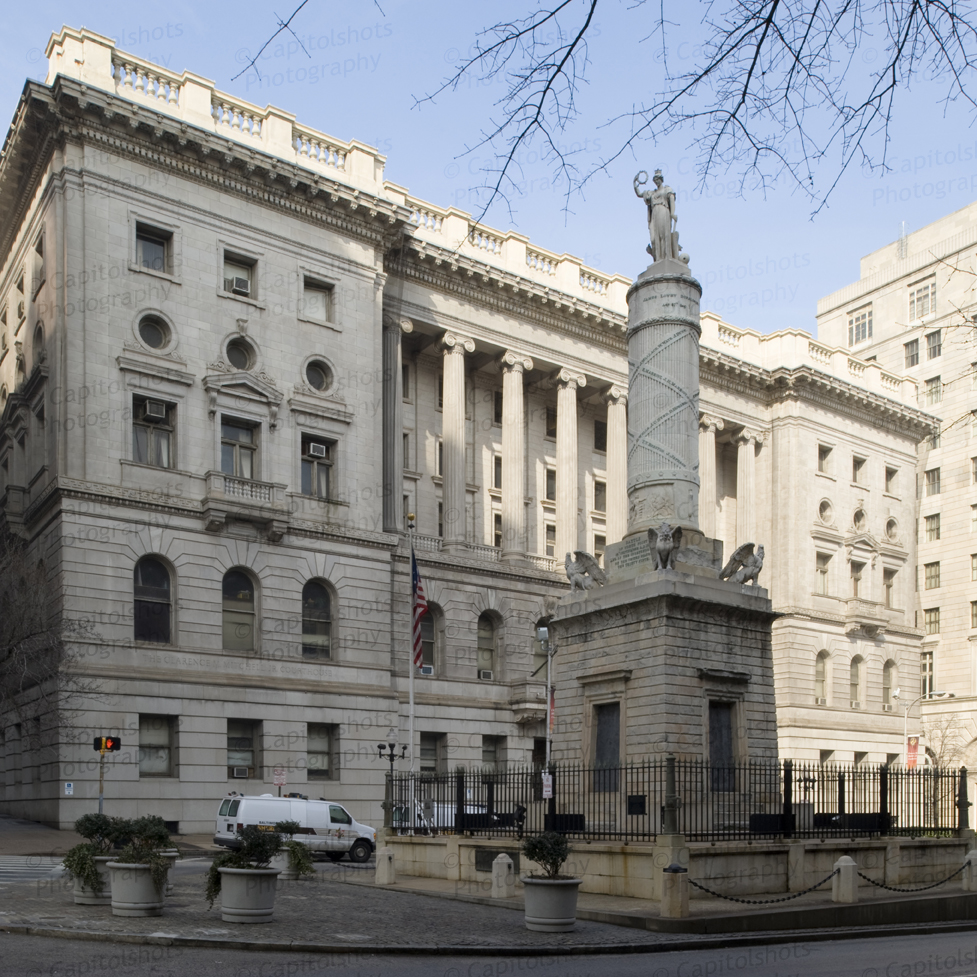
Thank you for reading Baltimore Witness.
Consider making a donation to help us continue our mission.
By
Andrew Michaels
- September 20, 2023
Court
|
Daily Stories
|
Data
|
Featured
|
Homicides
|
Non-Fatal Shooting
|
Evidence provided since the Brooklyn Homes mass shooting has validated community complaints about systemic failures by the police that might have prevented the tragedy.
But new data from Baltimore Witness shows systemic failures are not limited to the Baltimore Police Department, but rather affect every aspect of Baltimore’s criminal justice system.
That data shows that few non-fatal shootings and homicides result in anyone being held criminally liable.
Between June 1, 2022, and May 31, 2023, Baltimore Witness’ data shows there were 863 homicide and non-fatal shooting incidents. Police were able to make 71 arrests in 302 of the homicides during that time period. There were another 123 arrests in relation to the city’s reported non-fatal shootings.
That is a total of 194 suspects who were charged in just 22 percent of the incidents.
But the process doesn’t stop with arrests. Of those 863 incidents, between June 1, 2022, and May 31, 2023, only 22 incidents, 2.5 percent, resulted in some form of conviction, either through a guilty plea or a guilty verdict at trial within that same year.
Of the homicides and non-fatal shootings between June 2022 and June 2023 just 2.5 percent resulted in anyone being punished judicially within that year.
Baltimore Witness compiled its data from Baltimore Police Department press releases, court records and attending Circuit Court hearings related to non-fatal shooting and homicide cases.
There are of course caveats. It can take longer than a year to arrest and prosecute suspects and many cases are still either under investigation or in the adjudication process.
Baltimore Witness measured this using a two-year period, tracking the 1,035 non-fatal shootings and homicides between June 2021 to June 2022.
In those cases, by the end of two years, May 31, 2023, there had been 305 arrests, showing that police arrested a suspect or suspects in 29 percent of the cases. Over those two years, the arrests led to 111 plea agreements and 34 guilty convictions.
For homicides and non-fatal shootings between June 2021 and June 2022, someone was held accountable in only 14 percent of the cases.
The bottom line is that for all homicides and non-fatal shootings between June 2021 and June 2023, only 8.8 percent of 1,898 incidents have seen someone held criminally responsible.
There are many factors for why there might not be convictions ranging from lack of evidence, reluctance of witnesses, poor police work, prosecutorial judgment, cases being transferred to other jurisdictions, court backlogs or cases still in progress.
In addition, the Covid-19 pandemic proved to be a significant roadblock in the judicial system’s operations since the court’s initial shutdown in March 2020. When criminal jury trials resumed in mid-July 2021, the court was only semi-operational and struggling to clear a backlog of felony cases exceeding 2,000 cases. Trials later became more frequent in March 2022, following a brief shutdown due to the resurgence of Covid-19.
But the data clearly shows that over the last two years, Baltimore’s criminal justice system has not been holding people responsible for the violence in a timely manner.
The full data is located at convictionrates.org.
